I had just transplanted my sunflower seedlings when a friendly neighbor popped over. “Don’t forget to stake them up,” she suggested — always full of useful advice. “And place plastic forks all around them. Squirrels will dig up seedlings in search of the seed.”
“Nasty squirrels,” I grumbled. She was right about them. I use plastic forks all over my garden to detract the pesky critters. I love my sunflowers and other plants, and I wasn’t about to sacrifice the fruits of my labor before they had a chance to grow.
“I finished my planting, too,” she said. “Did you plant all yellows?”
I stepped back from the garden and studied my friend.
“Yes …” I hesitated. “What other color is there?”
“White, red, deep purple, and some multicolored versions. I’m sure there are others, but those are colors I’ve added to my sunflower garden this year.”
“Wow! I always thought sunflowers were yellow, and only yellow.”
I looked at my work, content with the thought of the yellow blossoms that would appear later in summer. Then I turned my attention back to my friend.
“Any seeds left over?”
She beamed. “I thought you’d never ask.” Then she pulled her hands from behind her back and handed me a container full of sunflower-looking seeds.
“These are known as Italian white sunflowers. Not quite white, more of a real pale yellow. The stems grow as tall as 7 feet and the flower blooms are about 4 inches in diameter. Definitely a sunflower-sized plant.”
She handed them over. “Plant in a sunny location and enjoy. We’ll compare our blooms later.”
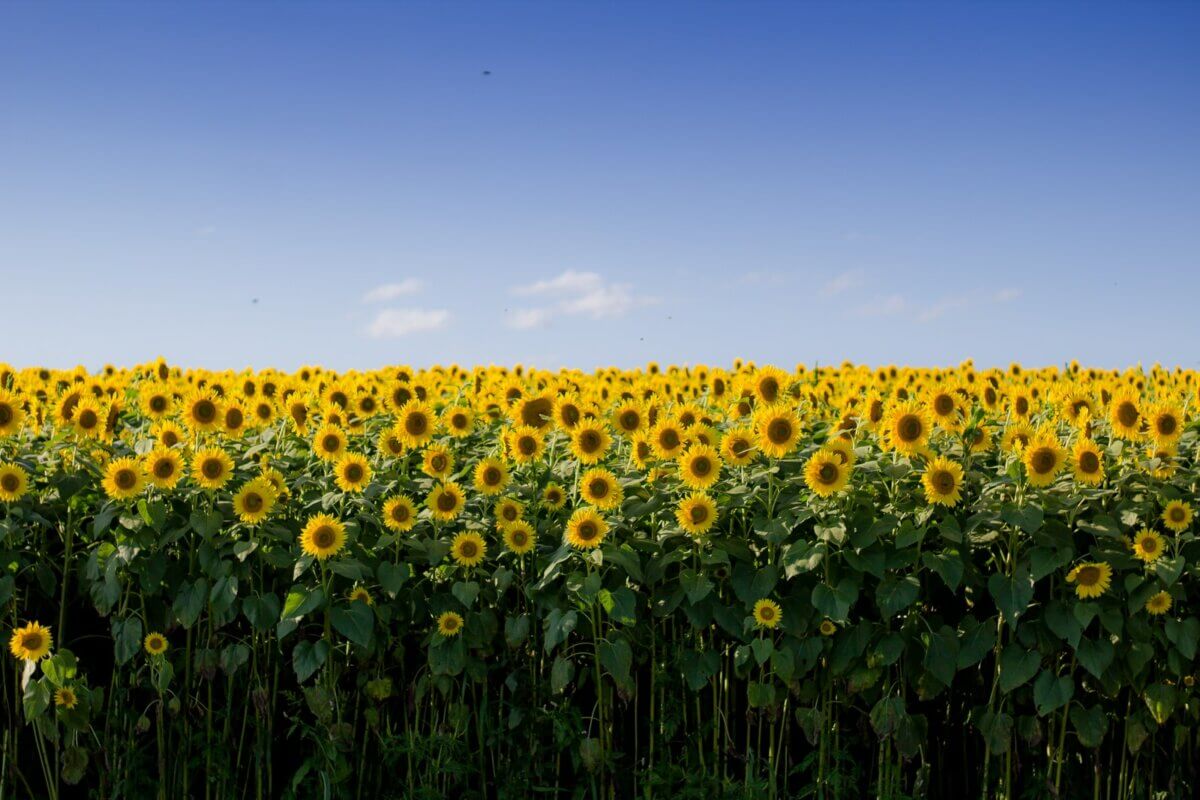
I accepted the container of seeds and returned to my gardening project. I had more research to do, this time on sunflowers. My neighbor was a wealth of information, but even she didn’t know everything. This mystical, beautiful flower had magic in its history, and I intended to benefit from its many uses.
Related Post: A Helpful Homesteader’s Guide to Harvesting Sunflower Seeds
Sunflower Myths, Legends, and Symbolism
There are plenty of myths and legends surrounding all flowers. The sunflower has been associated with Greek mythology, and the unrequited love between the water nymph, Clytie and sun god, Helios. In this way, sunflowers came to be associated with adoration. Not surprising, then, that sunflowers of all colors (usually the smaller, dwarf sunflowers) should become decorations at wedding events.
Chinese culture associates sunflowers with longevity, good fortune, vitality, intelligence, and happiness. I can see the happiness attribute of sunflowers, as it certainly makes me happy to look at them. I have another neighbor who plants fields of sunflowers for his honeybees. When the flowers are in bloom, it’s a happy sight. And yes, the flowers do move throughout the day to face the sun.
Some religions see sunflowers as a symbol of worship and faithfulness. This belief also makes sense as the sunflower, aptly labeled, faithfully worships and follows the sun on its daily trek across the sky.
And indigenous people often carried sunflower cakes to battle because they viewed the sunflower as a symbol of courage. The cakes would be crumbled and sprinkled on the warrior’s clothing to keep his courage high. They also viewed sunflowers as symbolic of a good harvest when life is bountiful.
There are other symbols associated with the sunflower. Symbolically, it’s a well-rounded flower, and good for just about anything the soul needs.
Sunflower Varieties
You may be surprised (as I was) to discover there is a rainbow of possible colors for sunflowers. Beyond the many shades of white, sunflowers can also be shades of red or deep purple, and multicolored. The center of the flower varies, too, adding stark contrast to the petal colors. And the size varies. Some sunflowers are short with small flowers while others can be taller than the average human with huge flowers. To sum it up, there’s a wide range of sunflower possibilities. In fact, there are more than 70 different sunflower varieties.
Common Sunflowers
The most common variety of sunflower is Helianthus annuus. The state flower for Kansas, it is a large sunflower. It can grow up to 8 feet in height with coarse, hairy leaves and stems. The flowers can be up to 5 inches in diameter and each plant can produce (and hold) many flowers. The signature appearance of the common sunflower is the large central maroon-colored disk surrounded by bright yellow petals that look like rays of sun. As with my neighbor’s field, the flowers move to face the sun at its various positions throughout the day (what is known as phototropism). There are many varieties of the common sunflower. It was originally cultivated in South America, though it’s now considered native to North America.
Known as the prairie sunflower, Helianthus petiolaris is found throughout the Great Plains. The scales on the center disk are tipped with white hairs that are clearly visible when the flowers are fully open.
Russian Mammoth
Also known as the Russian giant, this is another subvariant of the common sunflower and it is huge. It can grow up to 12 feet tall and the flowers often measure more than a foot in diameter.
American Giant
These sunflowers are larger and taller than the Russian mammoth. The American giant can grow up to 16 feet in height, up to 20 times the size of some dwarf sunflowers.
Elf Sunflower
So named because, at 16 inches tall, it is by far one of the smallest of the sunflower varieties. They represent some of the more commonly-colored sunflowers, but there are a few that boast a variety of colors.
Suntastic Yellow With Black Center
This sunflower is known for its speedy growth and abundance of flowers. It can bloom for two months after planting (usually late summer) and has been known to produce more than 20 flowers a plant. It only grows to 20 inches tall, so nothing the size of the giant and mammoth varieties. Its name is due to a dark-colored center that suggests black, but is closer to a very dark brown.
Earthwalker
This is a uniquely-colored sunflower. The petals are a mottled red and orange, really living up to its sun-inspired name. Pollinators love this variety. It’s not a giant sunflower, but it can grow up to 9 feet.
Strawberry Blonde
This is everything its name suggests with petals of strawberry and blonde variations. At 6 feet in height, it is a popular sunflower variation, not only for its unique coloring, but because it’s deer resistant.
Italian White
So named due to its off-white petals. Some Italian white sunflowers boast a tinge of orange around the center, but the petals are mostly white. At 7 feet, it’s an average height sunflower.
Moonshadow Sunflower
This is another white variety of sunflower. It boasts creamy to lemon-colored petals and produces lots of 5-inch diameter blossoms.
Chianti
This variety is a real showstopper. Although it grows up to 5 feet, the beautiful, almost deep terracotta red petals stand out in any garden.
And the list goes on. There are many varieties that can grow only in specific locations. For example, the Schweinitz sunflower only exists in the Carolinas (it’s also considered an endangered variety); the swamp sunflower and lakeside sunflower (both of which require wet, swamp-like soil conditions); and the alkali sunflower that is found in the Chihuahuan Desert.
Sunflower Growing Conditions
Sunflowers of any size or color combination can be considered both annual or perennial. In my experience, they’ve been annual, and I have to collect the seeds every year, allow them to dry, and then plant them again the following spring. Native to North America, sunflowers are considered perhaps the easiest flowers to grow, as long as you don’t have a lot of chipmunks and squirrels (as I do), who love to dig up the new shoots to get to the seeds, and kill the plant before it has a chance to grow. Because of my rodent dilemma, I start my sunflower seeds indoors and transplant them outdoors when they reach at least 6 inches in height, and as mentioned, I surround the new plants with plastic forks, prongs up, to deter the rodent population from venturing near my cherished crop.
Sunflowers need rich soil, and of course, lots of full sun. Taller varieties are best grown near a shelter of some sort (a fence or shrubs) to protect them from strong winds. It’s also important to remember that sunflowers, especially the larger ones, will create shadows that may be too much shade for nearby plants. Regular watering is also required, as most sunflower varieties shrivel in drought conditions.
Sunflower Pests and Diseases
Rodents of all description, and birds once the flowers appear, will all want more than their share of the seeds both before the plant has a chance to grow and after the flower blooms. Countless times I’ve gone out in the morning to discover a sunflower bent over to the point of snapping so some critter could feast on the seeds. The plastic forks work for the seedlings, but once the sunflowers grow tall, the forks are no longer useful. I’ve often thought of covering the sunflower garden with a fine mesh to protect my strawberry and raspberry plants from wildlife invasion. However, if you have an extensive garden, this solution is far from practical.
Inch worms are also a problem as they love sunflower leaves, especially at the seedling stage. Insecticidal soaps usually help.
Sunflower Uses
The seeds of all varieties of sunflowers are good toasted or for making oils. You’ve probably noticed sunflower cooking oil available in grocery stores. Indigenous people ground sunflower seeds for flour, used the oil in cooking, and for dressing hair. Sunflowers grown near homes were was once believed to protect the inhabitants from malaria. The seeds are also used for livestock feed.
Edible and medicinal uses aside, the best part of sunflowers is their appearance. Varied color sunflowers are often used in bouquets and flower arrangements. White sunflowers dry well for fall flower arrangements and floral wreaths. The potential rainbow effect was tempting, and I was planning to add some variety to the shades of sunflowers in my garden.


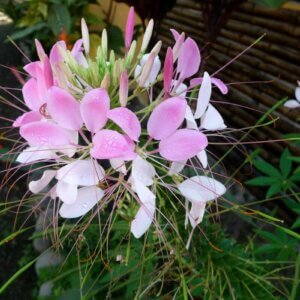
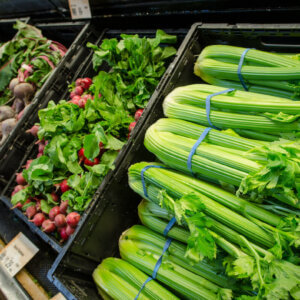





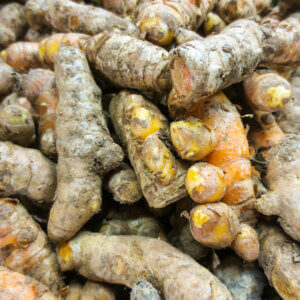


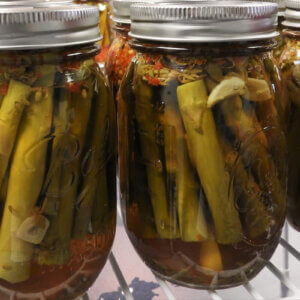
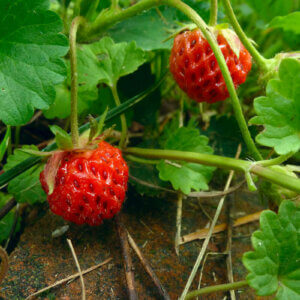
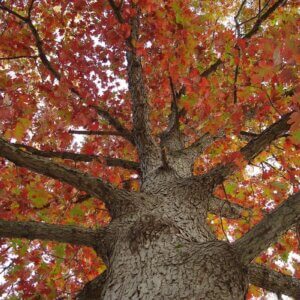
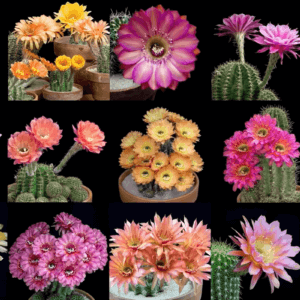
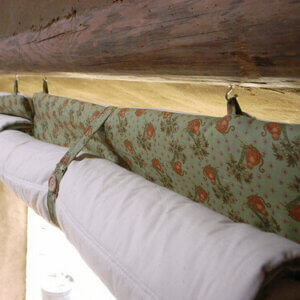
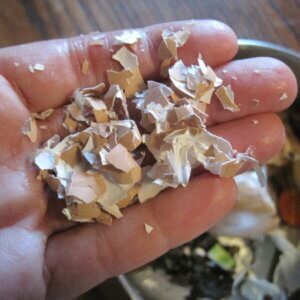

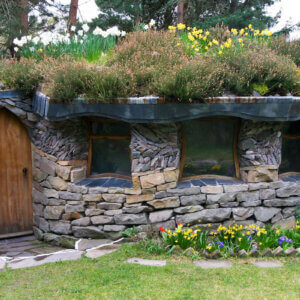
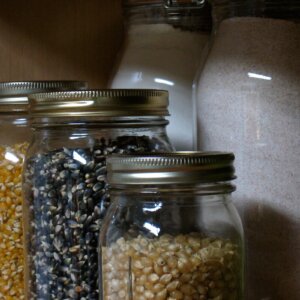
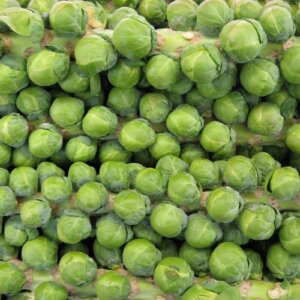

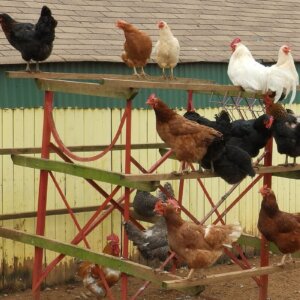
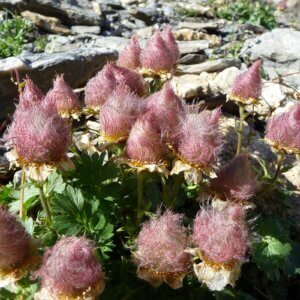



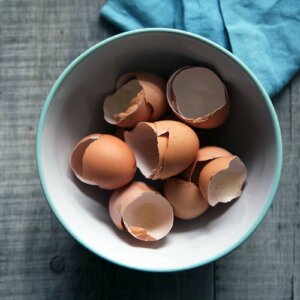
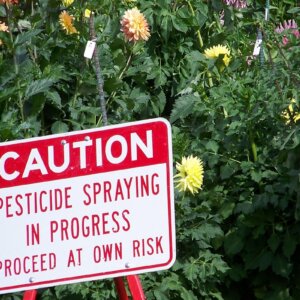

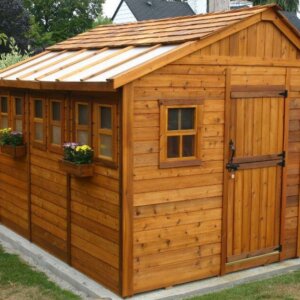
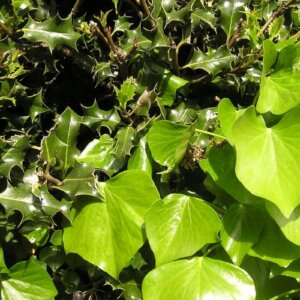




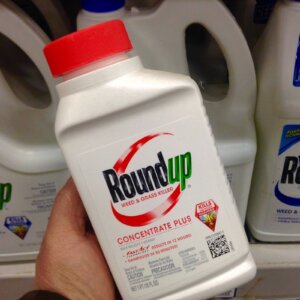


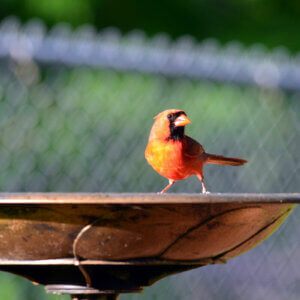

Leave a Reply